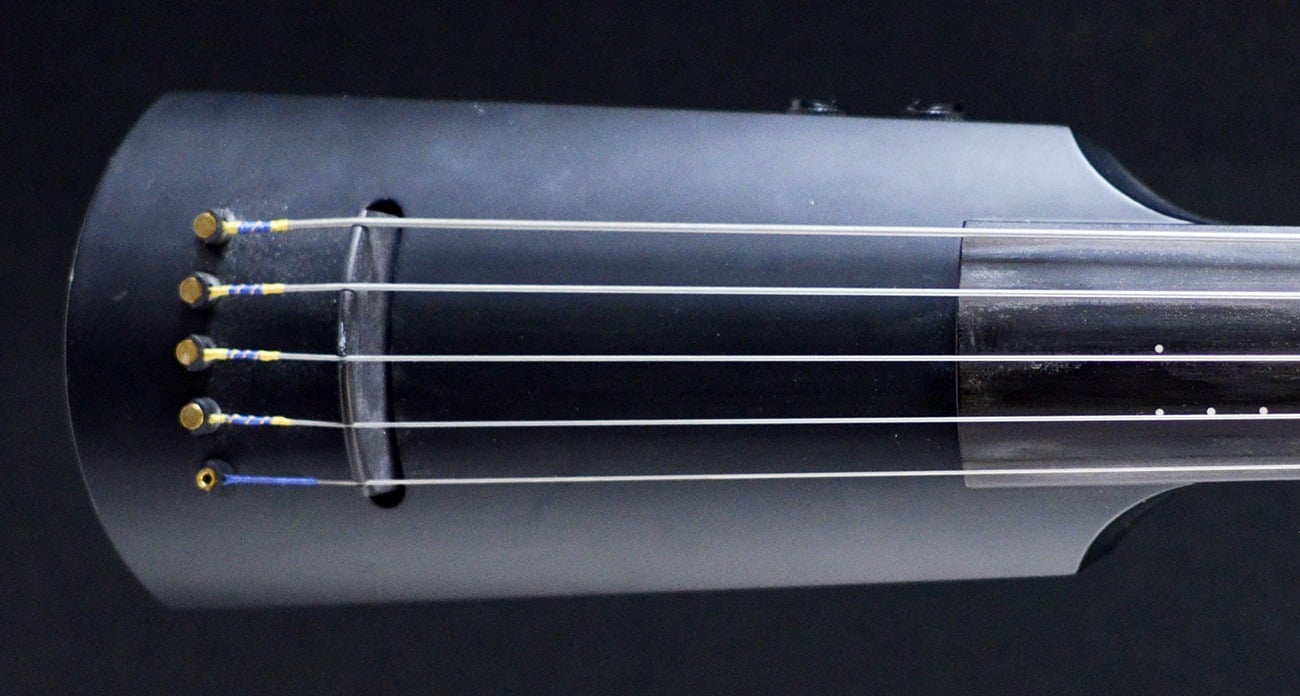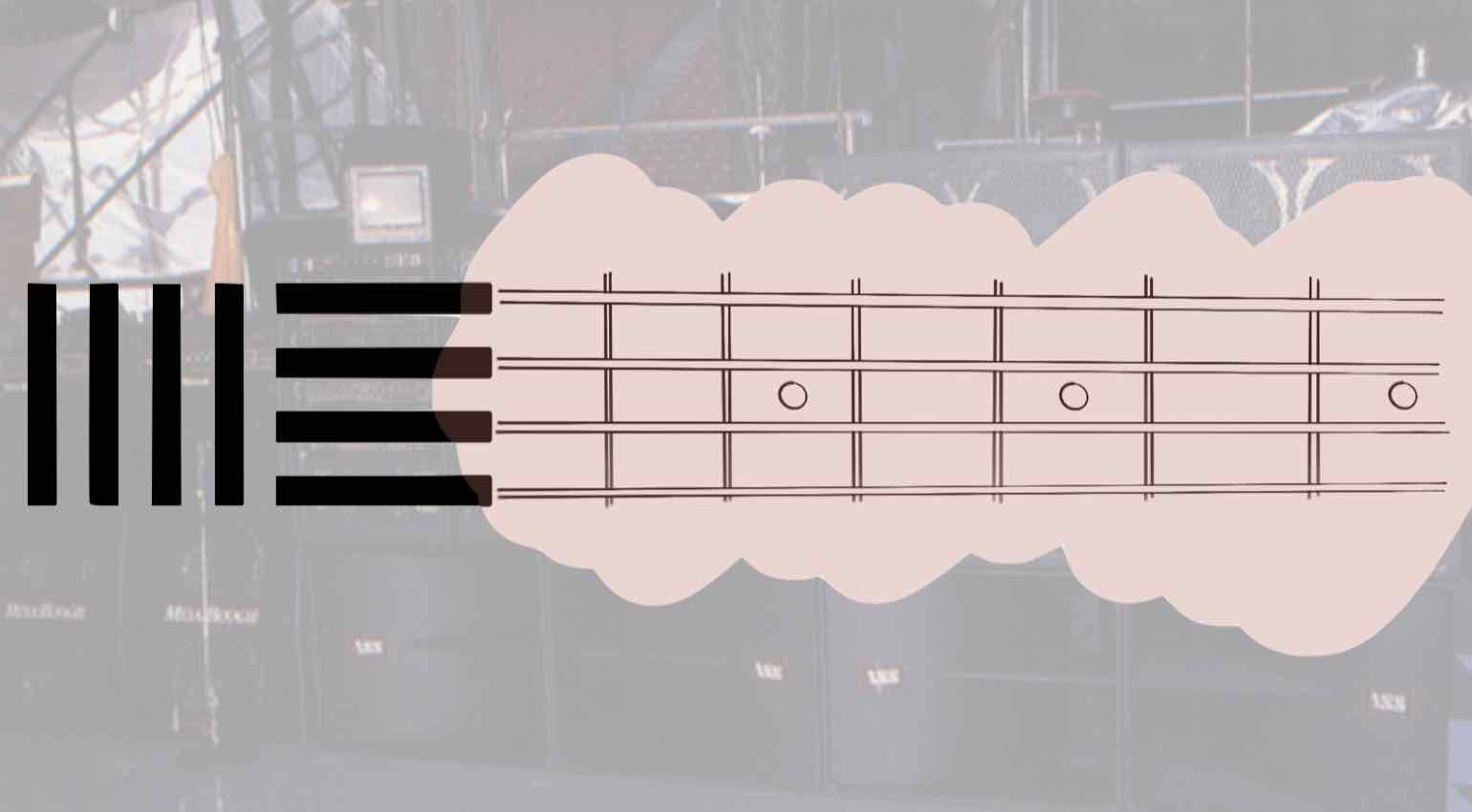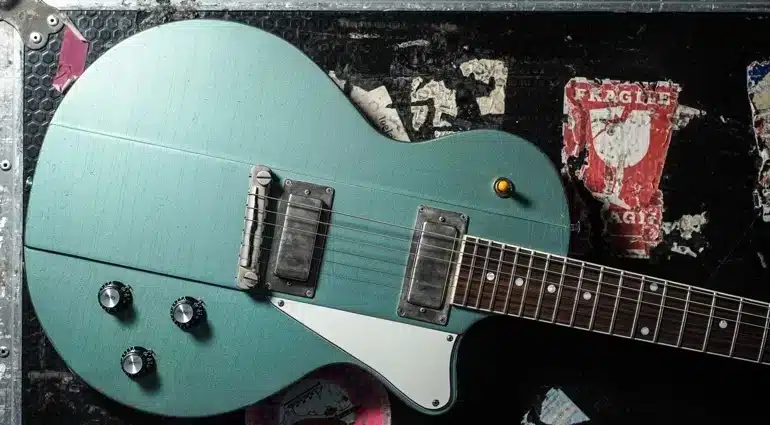It’s perfectly feasible to use software for the entire bass processing setup, and it has a lot going for it; convenience, portability, recall ability, and endless opportunities to change your mind. I’m going to show you my current Ableton Live-based bass rig.
Build an Ableton Live Bass Rig
Much as I like Live, unlike Logic, for example, it doesn’t provide any serious ready-to-play bass tools, so we must combine existing effects to get what we want.
Note that I’m mostly playing electric upright bass at the moment, so even more than usual, the sounds that work for me might not work for you, but the concepts are valid. This is my bass rig, not yours. Let’s go!
STEPS 1-8
1 Start by launching Ableton Live 11, or use the demo for now (www.ableton.com), it’s fully saveable and contains all of the features available in the Live 11 Suite *.
Open a new project, and delete all of the tracks except for one audio track. At this point, it doesn’t matter if you’re working in Arrangement (timeline) or Session (clip launching) view.

2 Connect your USB audio interface. It may or may not require separate mains power, probably not. You should be powering your laptop from the mains for this type of activity anyway.
I’m presently using an ESI UGM192 * audio interface, I like it because it’s small, sounds clean, and has proven to be reliable.

3 At the bottom of the track you should see the channel strip. Unlike on a real pedal board, the signal flows from left to right. The first thing you want to add is a tuner, and Live has one, residing in the Audio Effect Devices category of the Browser.
Also useful for tuning samples! Drag this onto the audio track.

4 Now we have something loaded into the project, so before doing anything else, let’s name and save the project (Live has an auto-save feature which will save your work in progress in the background every 10 minutes, as well).
At the end, we’ll talk about how to save the chain itself as a preset.

5 Once again I’m going to mention that these examples are based on my own personal setup, so use whatever effects you see fit. Most of the time I’m playing an NS Design Omni 5-string electric upright bass, with a 34” scale, so it’s like a hybrid fretless/upright instrument, and that’s a big influence on my effect choices.

6 Next in my chain is Convolution Reverb. If you don’t have this installed in Live Suite, you can buy it as an add-on, or use any third-party reverb that loads Impulse Responses.
I use the Wood Room Small preset, to give me a little bit of a live sound, although the dry/wet is set so low that it’s only noticeable when the bass is playing solo.

7 Next we load EQ Eight. The first thing to explore with this is rolling off the very low frequencies. We all like lots of bass frequencies, but too much low-end can clutter up mixes; it’s situation dependent.
If I’m playing in a busy electronic mix, I cut more, if I’m playing in a more exposed setting, I might not take any off. In the screenshot, I’ve got a slight dip in the mids, and another in the highs.

8 I’m not using amp or cab modelling at all in this setup, other than that bit of convolution reverb. For what I’m doing I like a clean sound unless I specifically turn on an effect (see below).
I’ve always felt that the less there is between bass and the track, the better.
Conclusion
See you next time for the conclusion of our Ableton Live bass rig tutorial!
More Information
Bio
Martin Delaney is a journalist, musician, photographer, and teacher. He writes regularly for Computer Music magazine and plays bass for The Witch Of Brussels.
www.martindelaneyphotography.london
*This article contains affiliate links to Thomann that help finance the running costs of GuitarBomb. If you buy something through these links, we will receive a small commission. Don’t worry as you pay the exact same price, and it costs you no extra to use these affiliate links for your purchases.



